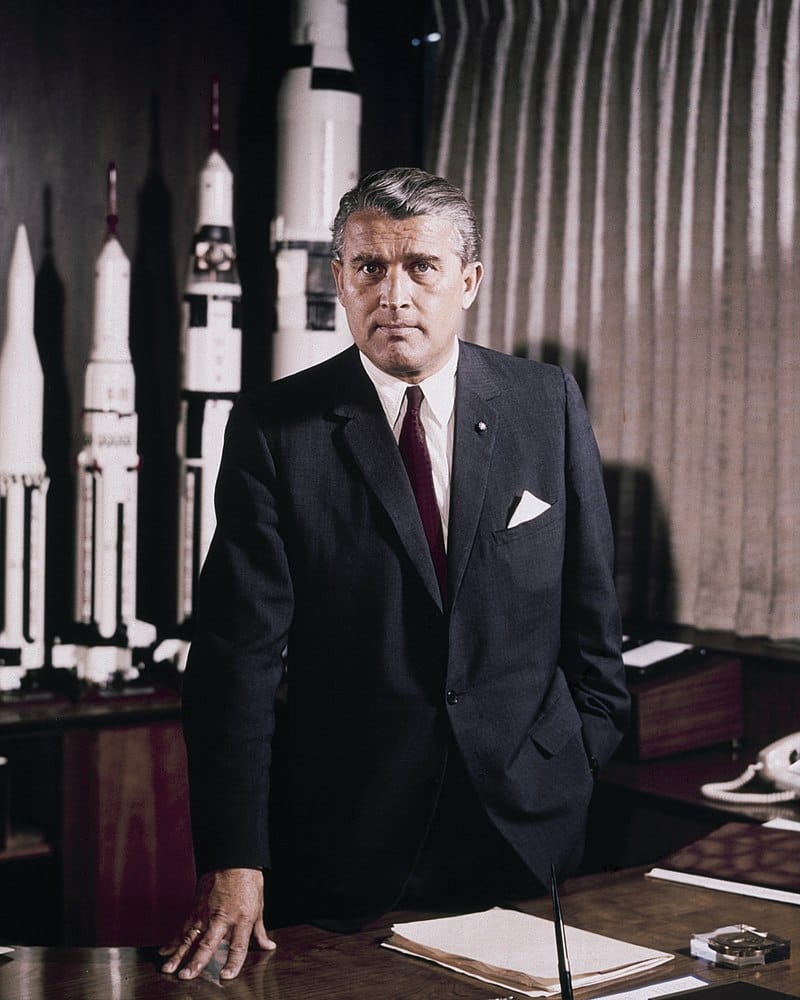The Rocket-Powered Economic Legacy of Wernher von Braun in Huntsville

Huntsville, Alabama, wears its "Rocket City" nickname like a badge of honor, and it’s hard to imagine this thriving hub without picturing Wernher von Braun at the helm of its transformation. Decades after he first set foot here, the echoes of his work still ripple through the city’s economy, turning a quiet cotton town into a launchpad for jobs, innovation, and growth. In 2025, as Huntsville hums with activity, von Braun’s fingerprints are all over its success—a story worth digging into, not with cold stats alone, but with the messy, human energy of a place forever changed.
Picture Huntsville in 1950: cotton fields stretching out, train whistles cutting through the air, and not a rocket in sight. Then von Braun arrived, a dreamer with a thick accent and a head full of wild ideas, leading a team of engineers to Redstone Arsenal. He wasn’t just tinkering with machines; he was planting the seeds for something massive. “The rocket will free man from his remaining chains, the chains of gravity which still tie him to this planet,” he once said, and in Huntsville, that vision took root in ways that went far beyond the stratosphere.
What he started with the Saturn V—the beast that hauled humanity to the moon—didn’t just make history; it rewrote Huntsville’s future. Today, the U.S. Space & Rocket Center stands as a testament to that shift. Last year, it drew over 700,000 visitors, their wallets keeping local diners buzzing and hotel beds full. But the real activity flows from NASA’s Marshall Space Flight Center, a sprawling operation with a $4 billion budget that churns out an $8 billion economic punch annually. That’s thousands of paychecks, from welders to physicists, and a tax haul topping $233 million for Alabama’s coffers. Von Braun’s early bets on rocketry turned Huntsville into a magnet for brainpower and ambition.
Redstone Arsenal amplifies the effect. With 40,000 workers and a $36.2 billion yearly impact, it’s a colossus that props up over 143,000 jobs across the region. I’ve walked those grounds, seen the mix of old brick buildings and sleek new labs, and felt the weight of what began with von Braun’s blueprints. It’s not just government gigs, either—private tech firms and defense outfits have flocked here, chasing the talent and the legacy.
Then there’s the Von Braun Center, a hive of activity named for the man himself. In a single year, it hosted nearly 500 events—think rock concerts, trade shows, even ice hockey—pouring $80 million into the city’s veins. It’s the kind of place where you can feel Huntsville’s pulse, a reminder that von Braun’s influence isn’t locked in a lab; it spills into everyday life.
The city’s not perfect. Leaning hard on federal dollars and defense contracts has its risks, and folks here know it. But there’s a grit to Huntsville, a can-do spirit that von Braun helped forge. “Our aim is to improve the human condition,” he once declared, and you see that in the way the city keeps pushing. The Artemis program, run out of Marshall, is gearing up to revisit the moon, promising fresh waves of work and investment. Private space companies are sniffing around too, drawn by the skilled hands and storied past.
We’ve met people here who talk about von Braun like he’s still in the room—his ideas, his drive, his belief in what’s possible. They’re not wrong to feel that way. He didn’t just build rockets; he built a city that refuses to stand still. Huntsville’s economic engine, roaring strong in 2025, owes its spark to a man who looked up and dared to chase the stars. For the people living here, that’s not just a footnote—it’s the fuel keeping their dreams aloft.
